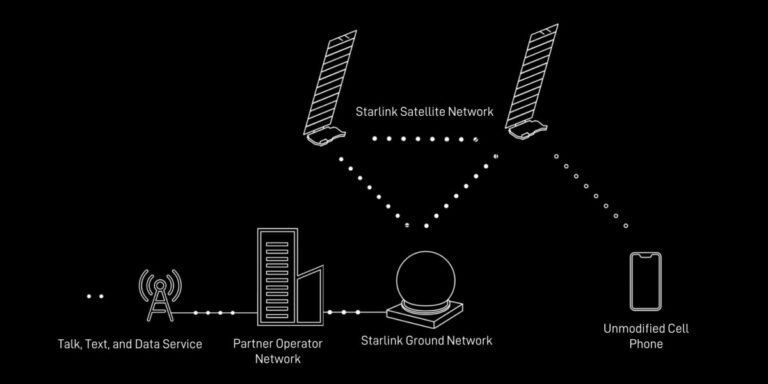
All eyes are on United Launch Alliance and Pittsburgh-based startup Astrobotic this week, with the two companies gearing up for inaugural missions with huge stakes.
The launch features two firsts: the first flight of ULA’s Vulcan Centaur rocket, and the first time Astrobotic is attempting to put hardware on the moon.
If Astrobotic is successful, it would be the first time a private company has put a spacecraft on the moon.
Countdown Capital, an early-stage venture capital firm focused on hard tech industrial startups, will shut down by the end of March and return uninvested capital, firm founder and solo general partner Jai Malik said in an annual letter.
In addition to the ULA/Astrobotic launch mentioned above, this past week also saw the launch of the first six Starlink satellites equipped for direct-to-cell connectivity.

SpaceX launched its first batch of Starlink satellites that will be able to connect directly to cell phones ahead of planned testing later this year.
The company launched six Starlink satellites with this capability with a batch of 15 other Starlink birds aboard a Falcon 9 rocket late last night.
SpaceX obtained approval from U.S. regulators last month to test the satellites in partnership with T-Mobile.
SpaceX has a number of other partnerships with native telecom companies in countries including Australia, Canada and Japan.
SpaceX said the tests would eventually involve 840 satellites transmitting 4G connectivity to around 2,000 unmodified smartphones.

Amazon’s Project Kuiper successfully validated key technology that will increase throughput and reduce latency for customers using its satellite internet service, the company said Thursday.
That technology is called “optical inter-satellite links” (OISL), a type of optical communication that uses infrared lasers to send data between spacecraft on orbit.
OISL has been around for a while to enable inter-satellite communications, but earlier generations were limited to linking just two satellites at a time.
Kuiper’s satellites will be able to connect with many other spacecraft simultaneously, which will form a mesh network in space.
“With optical inter-satellite links across our satellite constellation, Project Kuiper will effectively operate as a mesh network in space,” Kuiper VP of technology Rajeev Badyal said in a statement.






